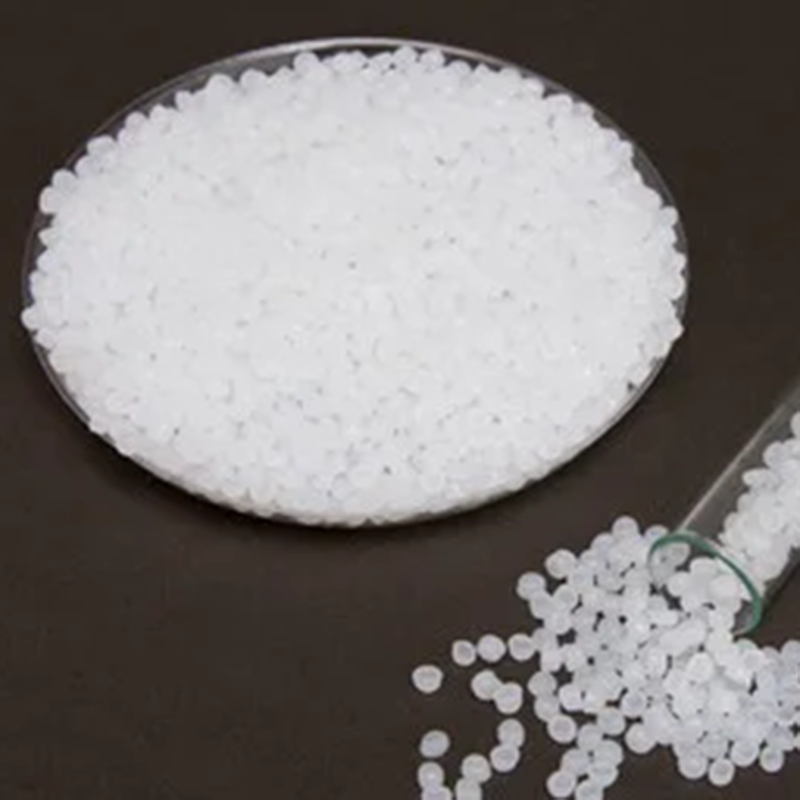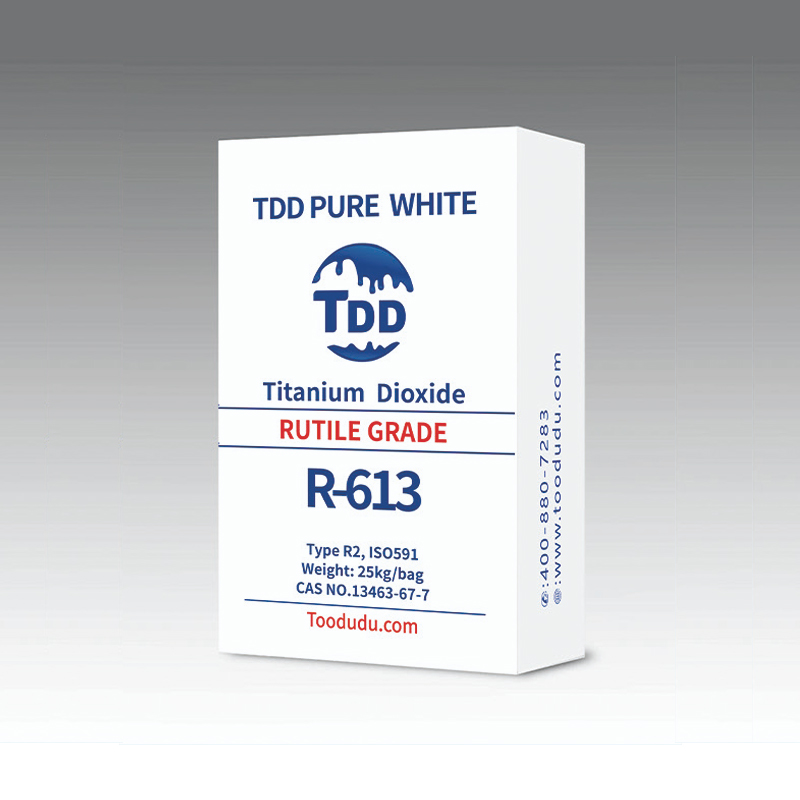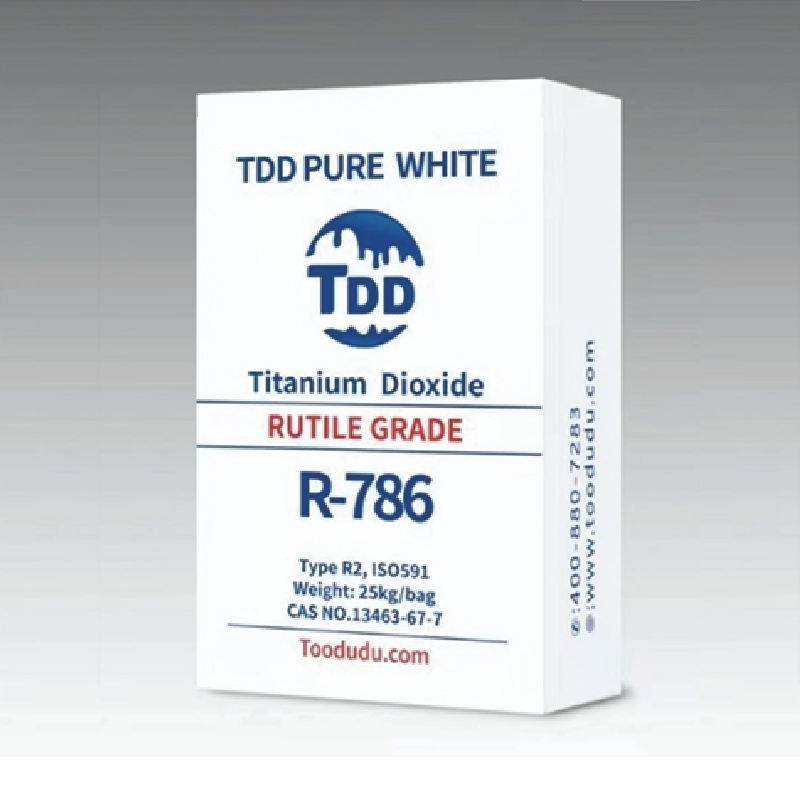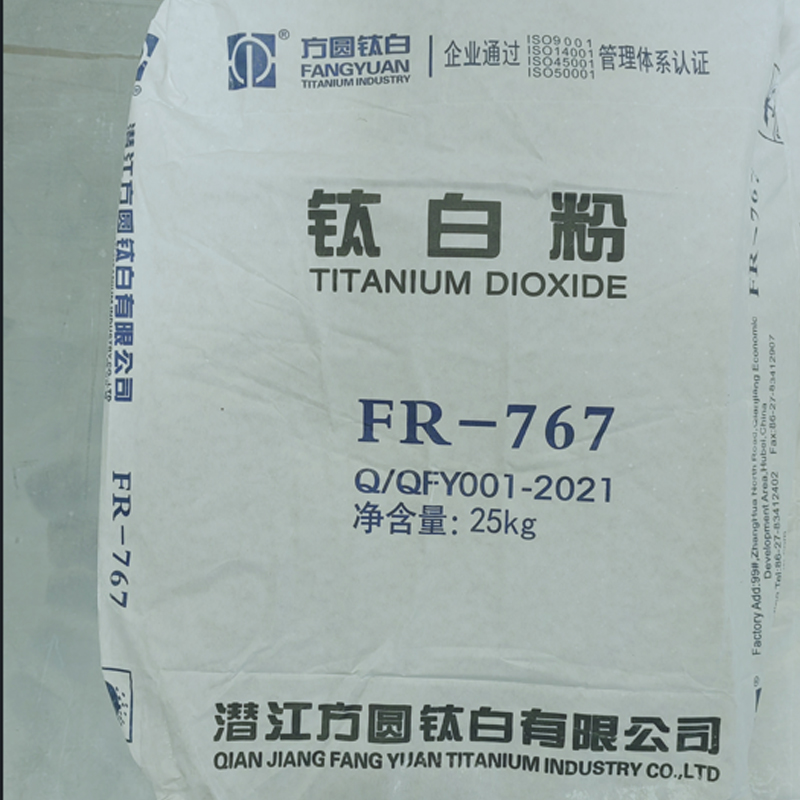This entry was edited and reviewed by the School of Chemical Sciences, University of Chinese Academy of Sciences , and certified by Popular Science China·Science Encyclopedia.
Ethylene glycol is also known as glycol and 1,2-ethylene glycol, referred to as EG. The chemical formula is (CH 2 OH) 2 and it is the simplest glycol . Ethylene glycol is a colorless, odorless, sweet liquid with low toxicity to animals. Ethylene glycol is miscible with water and acetone , but its solubility in ethers is small. Used as solvent, antifreeze and raw material for synthetic polyester. Polyethylene glycol (PEG), a polymer of ethylene glycol , is a phase transfer catalyst and is also used in cell fusion ; its nitrate ester is an explosive.
physical properties #
Appearance: Colorless transparent viscous liquid
Melting point: -13 °C (lit.)
Molecular weight: 66.092
Boiling point: 195-198 °C
Glass transition temperature: -120 °C
Vapor pressure: 0.08 mmHg (20 ℃)
Density: 1.113 g/mL at 25 °C (lit.)
Refractive index: 1.4472 (λ: 589.3 nm; Temp: 20 °C)
Viscosity: 25.66 mPa.s (16℃)
Heat of combustion: 1180.26 kJ/mol
Autoignition point: 418 ℃
Critical temperature: 372 ℃
Critical pressure: 7699 kPa
Critical molar volume: 186 C3/mol
Eccentricity factor: 0.27
Surface tension: 46.49 mN/m (20℃)
CAS database: 107-21-1
NIST Chemical Substance Information: 1,2-Ethanediol(107-21-1)
EPA Chemical Substance Information: Ethylene glycol (107-21-1)
NIST Chemical Substance Information: 1,2-Ethanediol(107-21-1)
EPA Chemical Substance Information: Ethylene glycol (107-21-1)
Solubility: miscible with water/ethanol/acetone/glyceryl acetate pyridine, etc., slightly soluble in ether, insoluble in petroleum hydrocarbons and oils, able to dissolve calcium chloride/zinc chloride/sodium chloride/potassium carbonate/potassium chloride/ Inorganic substances such as potassium iodide/potassium hydroxide.
At 25 degrees Celsius, the dielectric constant is 37.
t is easy to absorb moisture when the concentration is high.
Space between unit and number. Check the full text yourself later.、
chemical properties #
Due to its low molecular weight and active nature , it can undergo esterification, etherification, alcoholization, oxidation, acetal, dehydration and other reactions.
Similar to ethanol, it can mainly react with inorganic or organic acids to form esters. Generally, only one hydroxyl group reacts first. By raising the temperature, increasing the amount of acid, etc., both hydroxyl groups can form esters. If it reacts with nitric acid mixed with sulfuric acid, dinitrate is formed. Acid chlorides or acid anhydrides easily form esters between two hydroxyl groups.
When ethylene glycol is heated under the action of a catalyst (manganese dioxide, aluminum oxide, zinc oxide or sulfuric acid), intramolecular or intermolecular water loss can occur.
Ethylene glycol can react with alkali metals or alkaline earth metals to form alkoxides. Usually, metals are dissolved in glycols to obtain only monoalkoxides; if this alkoxide (such as monosodium ethylene glycol) is heated to 180-200 °C in a hydrogen flow, disodium ethylene glycol and ethylene glycol can be formed.
In addition, ethylene glycol is heated with 2 mol of sodium methoxide to obtain disodium ethylene glycol. Disodium ethylene glycol reacts with alkyl halides to form ethylene glycol monoether or double ether. Disodium ethylene glycol reacts with 1,2-dibromoethane to form dioxane.
In addition, ethylene glycol is also easily oxidized. Depending on the oxidant used or the reaction conditions, various products can be generated, such as glycolaldehyde HOCH 2 CHO, glyoxal OHCCHO, glycolic acid HOCH 2 COOH, oxalic acid HOOCCOOH, carbon dioxide and water.
Ethylene glycol is different from other glycols in that the carbon chain can be broken when oxidized by periodic acid. Ethylene glycol can often be used instead of glycerin. In the tanning and pharmaceutical industries, it is used as a hydrating agent and solvent respectively.
Ethylene glycol derivatives dinitrates are explosives. Monomethyl ether or monoethyl ether of ethylene glycol is a good solvent, such as cellosolve HOCH2CH2OCH3, which can dissolve fiber, resin, paint and many other organic substances.
Ethylene glycol has strong solubility, but it is easily metabolized and oxidized to produce toxic oxalic acid, so it cannot be widely used as a solvent.
use #
Mainly used to make polyester, polyester, polyester resin, hygroscopic agents, plasticizers, surfactants, synthetic fibers, cosmetics and explosives.
It is also used as a solvent for dyes, inks, etc., to prepare antifreeze for engines, as a gas dehydrating agent, to manufacture resins, and as a wetting agent for cellophane, fiber, leather, and adhesives.
It can produce synthetic resin PET, fiber grade PET is polyester fiber, and bottle flake grade PET is used to make mineral water bottles, etc. It can also produce alkyd resin, glyoxal, etc., and is also used as antifreeze.
In addition to being used as antifreeze for automobiles, it is also used for the transportation of industrial cold energy. It is generally called a refrigerant. At the same time, it can also be used as a condensing agent like water. When using ethylene glycol as a refrigerant, you should pay attention to:
1. The freezing point changes with the concentration of ethylene glycol in the aqueous solution. When the concentration is below 60%, the freezing point decreases as the concentration of ethylene glycol in the aqueous solution increases. However, after the concentration exceeds 60%, as the concentration of ethylene glycol increases, the freezing point changes. As the concentration increases, its freezing point tends to rise, and the viscosity also increases as the concentration increases. When the concentration reaches 99.9%, its freezing point rises to -13.2°C. This is an important reason why concentrated antifreeze (antifreeze mother liquor) cannot be used directly and must attract the attention of users.
2. Ethylene glycol contains hydroxyl groups. When working at 80 degrees Celsius – 90 degrees Celsius for a long time, ethylene glycol will be oxidized first to glycolic acid and then to oxalic acid, that is, oxalic acid (oxalic acid), which contains 2 carboxyl groups. Oxalic acid and its by-products affect the central nervous system first, then the heart, and then the kidneys. Ethylene glycol and oxalic acid can corrode equipment and cause it to leak. Therefore, preservatives must also be included in the prepared antifreeze to prevent corrosion of steel and aluminum and the formation of scale.
Ethylene glycol methyl ether series products are high-grade organic solvents with excellent performance. They are used as solvents and diluents for printing inks, industrial cleaning agents, coatings (nitrocellulose paint, varnish, enamel), copper-clad laminates, printing and dyeing, etc.
However, it is easily metabolized and oxidized to produce toxic oxalic acid, so it cannot be widely used as a solvent.
It can be used as an intermediate for the production of pesticides and pharmaceuticals, and is an intermediate for the fungicides pentoconazole and hymexazole. As well as raw materials for chemical products such as synthetic brake fluid; chemical fiber dyes for tanning, etc.
Adding ethylene glycol to hydraulic fluid can prevent oil-based hydraulic fluid from corroding the rubber in the system; water-based hydraulic fluid with ethylene glycol as the main component is an incombustible hydraulic fluid and is used in aircraft and automobiles. and molding machines that operate at high temperatures.
It is used as textile auxiliaries, synthetic liquid dyes, and raw materials for desulfurizers in fertilizer and oil refining production.
Used as analytical reagents, chromatographic analysis reagents and capacitive media.
water antifreeze #
Ethylene glycol is a colorless, slightly viscous liquid with a boiling point of 197.4°C and a freezing point of -11.5°C. It can be mixed with water in any proportion. After mixing, the freezing point is significantly reduced due to the change in vapor pressure of the cooling water.
The degree of decrease decreases with the increase of ethylene glycol content within a certain range.
When the ethylene glycol content is 60%, the freezing point can be reduced to -48.3°C. When this limit is exceeded, the freezing point will rise instead.
Ethylene glycol antifreeze easily generates acidic substances during use , which has a corrosive effect on metals .
Ethylene glycol is toxic, but due to its high boiling point, it does not produce vapor that can be inhaled into the body and cause poisoning.
Ethylene glycol has strong water absorption , and the storage container should be sealed to prevent it from overflowing after absorbing water.
Since the boiling point of water is lower than that of ethylene glycol, water is evaporated during use. When there is a lack ofcoolant , just add clean water.
This kind of antifreeze can be recycled after use (to prevent it from being mixed with petroleum products ). After sedimentation, filtration, adding water to adjust the concentration, and adding preservatives, it can continue to be used. Generally, it can be used for 3-5 years.
However, it must be filtered multiple times to prevent damage to the motor vehicle.
Many people think that the freezing point of ethylene glycol is very low. The freezing point of antifreeze is a neutral freezing point after mixing ethylene glycol and water in different proportions. In fact, this is not the case. The freezing point will be lower due to the change in the vapor pressure of the cooling water after mixing. significantly reduced.
The degree of decrease decreases with the increase of ethylene glycol content within a certain range, but once it exceeds a certain proportion, the freezing point will increase instead.
Antifreeze liquid mixed with 40% ethylene glycol and 60% soft water has an antifreeze temperature of -25°C; when the antifreeze liquid contains 50% ethylene glycol and 50% water, the antifreeze temperature is -35°C.
Freezing point measurement #
Ethylene glycol is the main component of antifreeze, accounting for about 45% of the original antifreeze solution. The original antifreeze solution can be mixed with water in a certain proportion according to the temperature in various places to control the freezing point within an appropriate range. Effective antifreeze agents are various organic alcohols.
freezing point within an appropriate range. Effective antifreeze agents are various organic alcohols.
Since the 1950s, almost all countries have used ethylene glycol as antifreeze. Ethylene glycol is a colorless, transparent, slightly sweet and hygroscopic viscous liquid that is misciblewith water in any proportion. When the concentration of ethylene glycol is different. The freezing point is also different. The freezing point of ethylene glycol-water antifreeze is not linearly related to the mass fraction of ethylene glycol . The freezing point of its aqueous solution does not completely decrease with the increase of concentration. When the concentration exceeds 70%, the freezing point rises instead. During the preparation process , reasonable selection should be made based on reality to meet the requirements of antifreeze and economy . In Jiangnan , China , the ratio of ethylene glycol mass fraction is generally 40%, while in the cold north, the ratio of ethylene glycol mass fraction of about 50% is more suitable.
Packaging, storage and transportation #
1. Store in a cool, ventilated warehouse. Keep away from fire and heat sources. They should be stored separately from oxidants and acids, and avoid mixed storage. Equipped with the appropriate variety and quantity of fire equipment. The storage area should be equipped with emergency release equipment and suitable containment materials. Due to its strong hygroscopicity, it should be stored sealed and sealed with nitrogen for long-term storage. Can be stored in iron, mild steel, copper or aluminum containers. However, coated steel, aluminum or stainless steel containers should be used for long-term storage.
2. The word “toxic” should be marked on the ethylene glycol container to prevent accidental ingestion and inhalation of ethylene glycol vapor. Operators should wear protective equipment and undergo regular physical examinations, especially routine urine examinations.
health hazards #
Toxicity: Rat oral LD 50 =5.8mL/kg, mouse oral LD 50 =1.31~13.8mL/kg.
Routes of invasion : inhalation, ingestion, percutaneous absorption .
Health hazards : Inhalation poisoning manifests as recurrent syncope , nystagmus , and lymphocytosis. Acute poisoning after oral administration is divided into three stages: the first stage is mainly characterized by central nervous system symptoms , which in mild cases resemble ethanol poisoning , and in severe cases, rapid coma, convulsions, and death; in the second stage, cardiopulmonary symptoms are obvious, and severe cases may have pulmonary edema. , bronchopneumonia , heart failure ; the third stage mainly manifests as varying degrees of renal failure.
First aid measures Skin contact: Take off contaminated clothing and rinse with plenty of running water. Eye contact: Lift eyelids and rinse with running water or saline . Seek medical attention.
Inhalation: Move quickly to fresh air. Keep your airway open. If breathing is difficult , give oxygen. If breathing stops , perform artificial respiration immediately and seek medical attention.
Ingestion: Drink plenty of warm water and induce vomiting. Gastric lavage, diuresis. Seek medical attention. If breathing stops, perform artificial respiration immediately. Seek medical attention.
Toxicity to pets:
Ethylene glycol can be obtained from motorcycle antifreeze . The ethylene glycol in motorcycle antifreeze is not a threat to humans due to the addition of bittering agents and the small amount. However, if it is accidentally mixed with the food of pets (cats, dogs), Can cause poisoning in pets and cause kidney failure .
toxicological environment #
Toxicity : It is of low toxicity.
Acute toxicity : LD 50 : 8.0~15.3g/kg (orally in mice); 5.9~13.4g/kg ( orally in rats );
Subacute and chronic toxicity : After eight days of inhalation of 12 mg/m 3 (several times in a row) in rats, 2/15 animals had corneal opacity and blindness; in humans, 9/28 inhaled a 40% ethylene glycol mixture and experienced temporary fainting ; in humans, inhalation Repeated inhalation of a 40% ethylene glycol mixture heated to 105°C caused nystagmus in 14/38 people and increased lymphocytes in 5/38 people .
Hazardous characteristics : There is a risk of combustion and explosion when exposed to open flame, high heat or contact with oxidants . If exposed to high heat, the internal pressure of the container will increase and there is a risk of cracking and explosion.
Combustion (decomposition) products : carbon monoxide , carbon dioxide, water.

 2024-02-19
2024-02-19 



